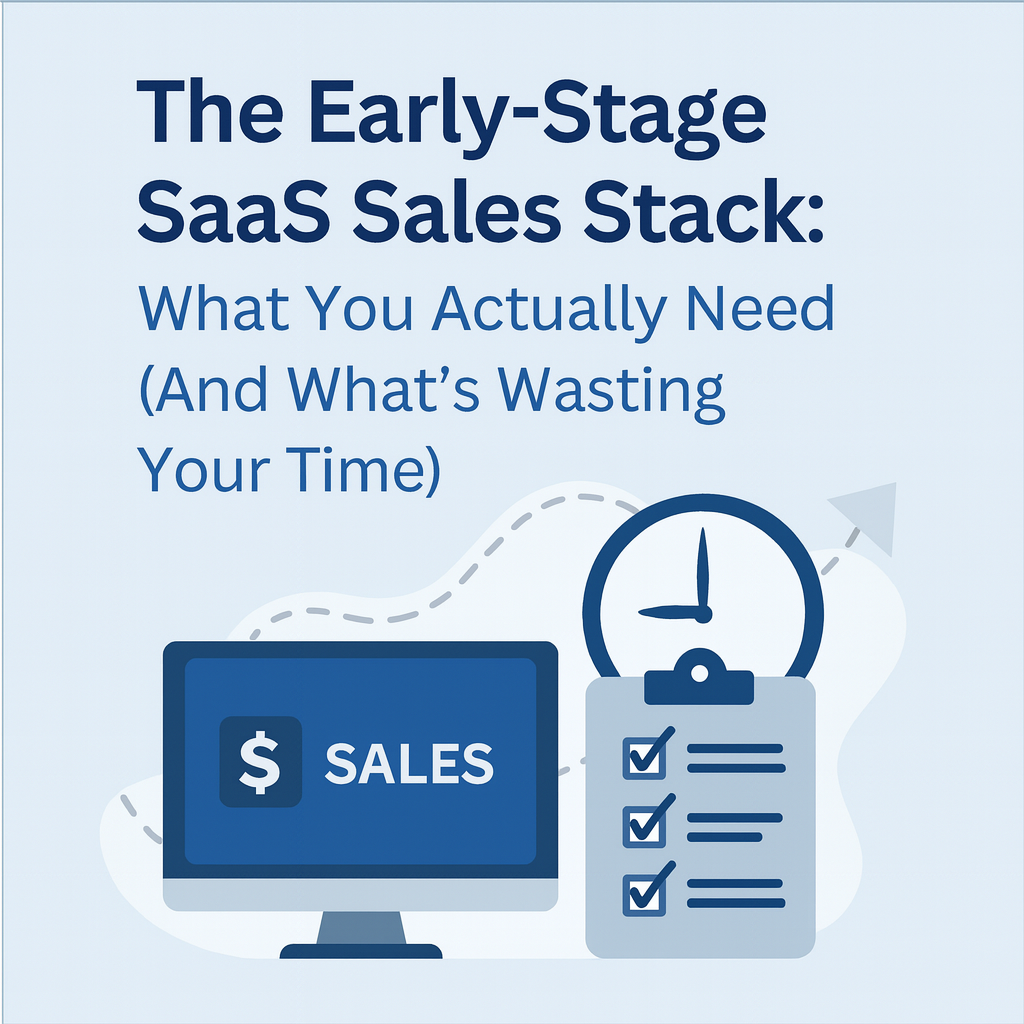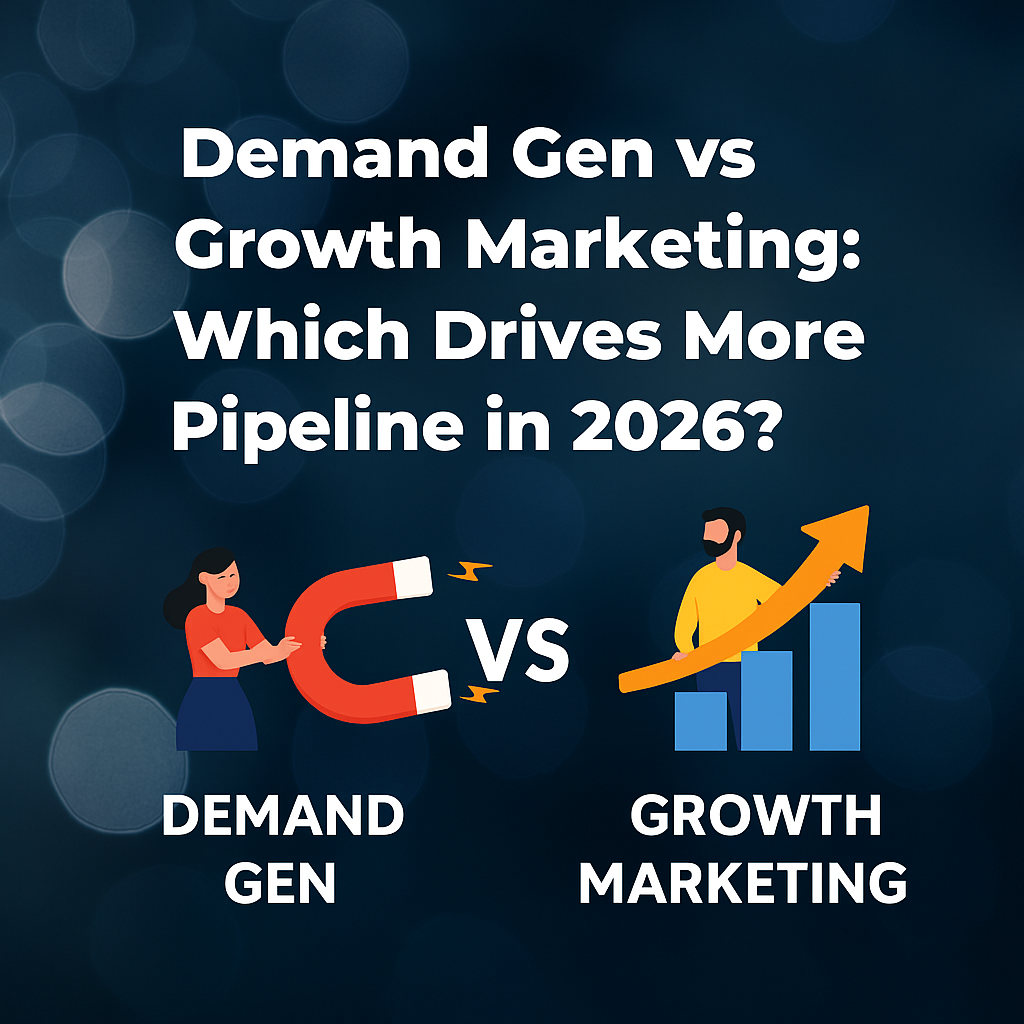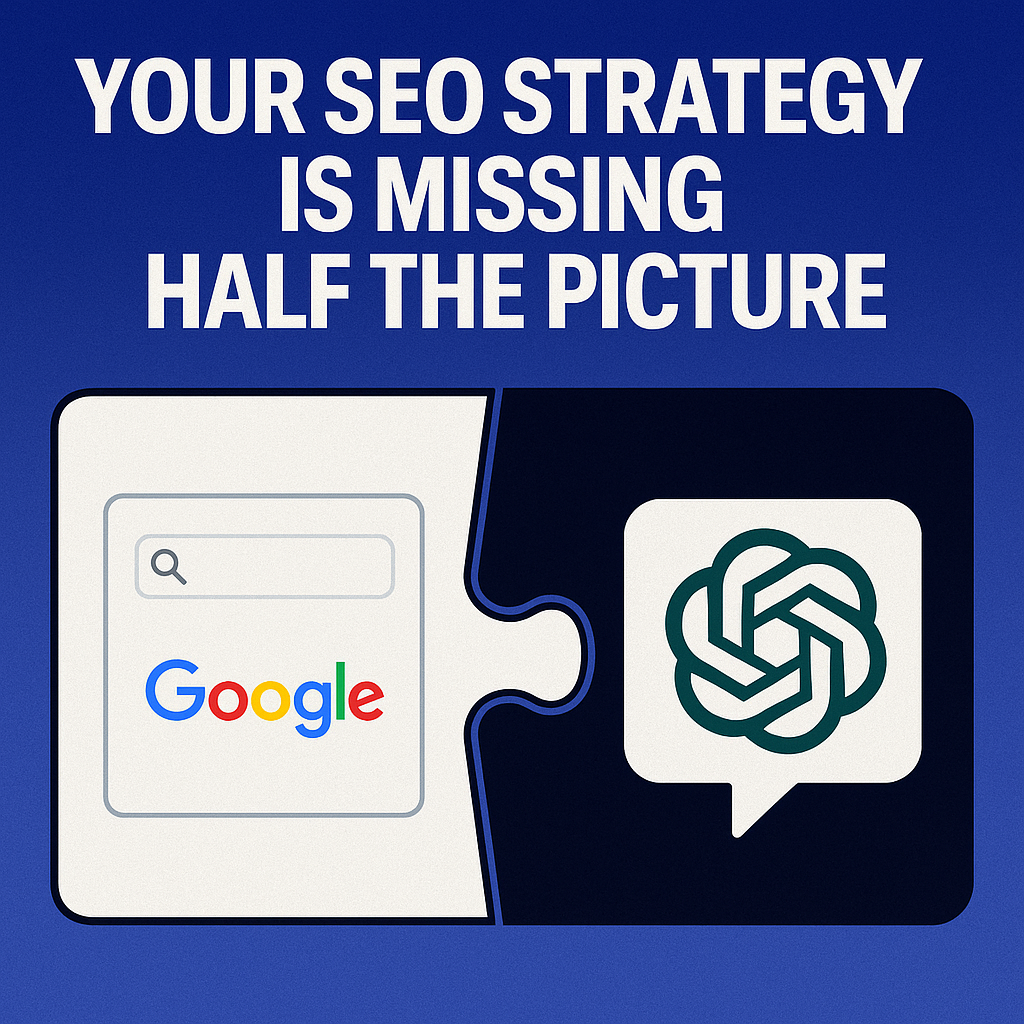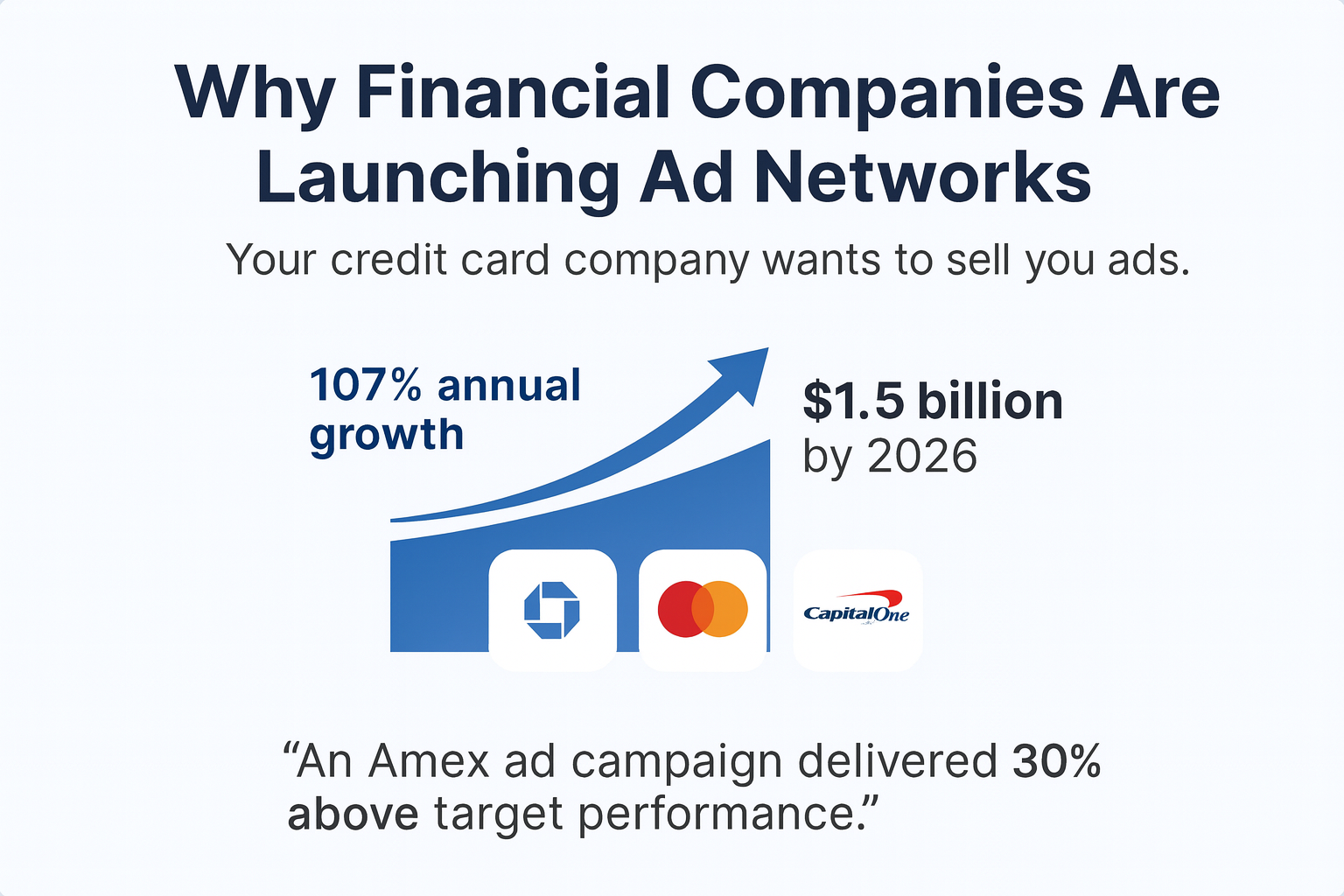
In the world of digital marketing, where every click, like, and share can be tracked, measuring Return on Investment (ROI) has never been more accessible or essential. Understanding the effectiveness of your digital marketing efforts is crucial for making informed decisions, optimizing campaigns, and maximizing your marketing budget. In this post, we'll delve into the importance of measuring ROI in digital marketing and explore some key metrics and strategies to help you do it effectively.
Why Measuring ROI in Digital Marketing Matters
Before we dive into the how, let's talk about the why. Measuring ROI in digital marketing provides several compelling advantages:
Data-Driven Decision Making
ROI measurement offers valuable insights into what's working and what's not in your digital marketing efforts. This data-driven approach allows you to allocate resources strategically, focusing on campaigns and channels that yield the best results.
Budget Optimization
Understanding your ROI helps you optimize your marketing budget. You can allocate more funds to high-performing campaigns and reallocate or trim spending on less effective ones.
Demonstrating Value
ROI measurement helps you demonstrate the value of your digital marketing efforts to stakeholders, whether they're executives, clients, or investors. It provides concrete evidence of the impact of your strategies.
Continuous Improvement
Regularly measuring ROI encourages a culture of continuous improvement. As you track and analyze data, you can refine your strategies, content, and targeting to achieve better results over time.
Key Metrics for Measuring ROI in Digital Marketing

Conversion Rate
The conversion rate measures the percentage of website visitors who take a desired action, such as making a purchase, subscribing to blog posts, or filling out a contact form. Calculating your conversion rate is essential for understanding how well your website and landing pages are performing.
Conversion Rate = (Number of Conversions / Total Visitors) × 100
Customer Acquisition Cost (CAC)
CAC quantifies the cost of acquiring a new customer through your digital marketing efforts. To calculate CAC, divide your marketing expenses within a specific time frame by the number of new customers acquired during that period.
CAC = Total Marketing Expenses / Number of New Customers Acquired
Customer Lifetime Value (CLV)
CLV estimates the total revenue a customer is expected to generate throughout their relationship with your business. To calculate CLV, you need to consider average purchase value, purchase frequency, and customer retention rates.
CLV = (Average Purchase Value × Purchase Frequency) × Average Customer Lifespan
Return on Advertising Spend (ROAS)
ROAS measures the revenue generated for every dollar spent on advertising. To calculate ROAS, divide the revenue generated from advertising by the cost of advertising.
ROAS = (Revenue from Advertising / Cost of Advertising)
Click-Through Rate (CTR)
CTR is a metric often associated with online advertising and email marketing. It measures the percentage of people who clicked on a specific link, ad, or email. It's calculated by dividing the number of clicks by the number of impressions and multiplying by 100.
CTR = (Number of Clicks / Number of Impressions) × 100
Churn Rate
In subscription-based businesses, churn rate is a critical metric. It measures the percentage of customers who cancel their subscriptions within a specific period. Reducing churn is essential for maintaining a healthy customer base.
Churn Rate = (Number of Customers Lost / Total Customers at the Start of the Period) × 100
Strategies for Improving ROI Measurement
Set Clear Goals
Before you start measuring ROI, establish clear, specific goals for your digital marketing campaigns. Whether it's increasing website traffic, boosting sales, or growing your email subscriber list, having well-defined objectives will make ROI measurement more meaningful.
Use Analytics Tools
Take advantage of digital marketing analytics tools such as Google Analytics, Facebook Insights, and email marketing platforms. These tools provide valuable data on user behavior, conversion tracking, and campaign performance. If you'd like to leverage this tool effectively, learn more about Google Analytics.
Implement Conversion Tracking
Implement conversion tracking codes on your website to monitor specific actions that lead to conversions. For e-commerce sites, this could include tracking sales, while lead generation sites might track form submissions or phone calls.
Attribution Modeling
Understand how different touchpoints contribute to conversions by using attribution modeling. This approach helps you allocate credit to various channels and touchpoints along the customer journey.
A/B Testing
Conduct A/B tests to optimize your campaigns continually. Test different ad creatives, landing page designs, email subject lines, and other variables to determine what resonates best with your audience.
Regularly Review and Adjust
ROI measurement should be an ongoing process. Regularly review your data and make adjustments to your strategies based on the insights you gain. Be prepared to pivot when necessary. For a more detailed guide on enhancing your marketing ROI, you can explore the Comprehensive Guide to Increasing Marketing ROI provided by WebFX.
Benchmark Against Industry Standards
Compare your ROI metrics to industry benchmarks to gauge how well you're performing relative to your competitors. This can help you identify areas for improvement.
Common Challenges in Measuring ROI
While measuring ROI in digital marketing is incredibly valuable, it comes with its own set of challenges:
Attribution Complexity
Determining which marketing touchpoints deserve credit for conversions can be complex, especially in multi-channel marketing efforts.
Long Sales Cycles
In industries with long sales cycles, it can be challenging to attribute conversions to specific marketing efforts made months or even years earlier.
Data Quality
Data accuracy and integrity are critical. Inaccurate or incomplete data can lead to misleading ROI calculations.
Customer Lifetime Value

Calculating CLV accurately often requires historical data and assumptions, making it challenging for newer businesses.
External Factors
Economic conditions, industry trends, and seasonal fluctuations can impact ROI independently of your marketing efforts.
Despite these challenges, measuring ROI remains essential for making informed marketing decisions and optimizing your digital strategies.
Conclusion
Measuring ROI in digital marketing is not just a best practice; it's a necessity in today's data-driven business landscape. By tracking key metrics, setting clear goals, using analytics tools, and continuously optimizing your strategies, you can gain valuable insights, make more informed decisions, and maximize the impact of your digital marketing efforts. Remember that ROI measurement is not a one-time task but an ongoing process that can lead to significant improvements in your marketing campaigns and, ultimately, your business's success.
About the Author
Related Article

The Early-Stage SaaS Sales Stack: What You Actually Need (And What's Wasting Your Time)

What Netflix's $72B Warner Bros Acquisition Reveals About SaaS Market Consolidation

.png)



















.png)























.png)

.jpg)





.jpg)




